The Greatness of Gratitude: How Small Acts Can Lead to Big Impact
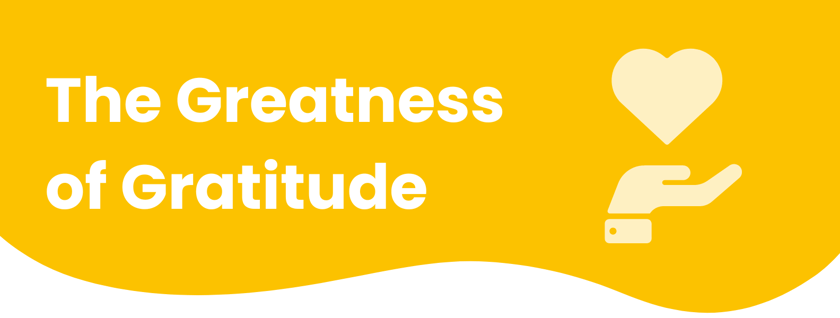
The elements of running a successful business look different now than they did a decade or two ago. It’s clearly a blend of multiple factors (technology, the pandemic), and the inevitable changes in the future of work. Regardless, soft skills are more important than ever in a purpose-driven business. One of these elements is gratitude.
Gratitude is one of those tricky words that lies in a space of ambiguity. Based on the latest findings of Positive Psychology, it is considered as a strength. It can be an emotion, a feeling, or even a state of mind. Further, it can also be a skill. After all, the more one practices it, the more frequently it presents itself.
We’ll look at the science behind gratitude, and how some Small Giants companies practice gratitude through their values, culture, and programming, all to the benefit of their employees as well as their business.
Science Rules

First, let’s take a step back and really examine what gratitude is. One of the most recognized definitions is an affirmation of goodness and a recognition of goodness outside ourselves. More recently, it’s been referred to as "the deepest touchpoint of human existence" by Robert A. Emmons.
According to Linda Roszak Burton, an executive coach with DRW and the author of Gratitude Heals, expressing and receiving gratitude releases dopamine and serotonin into our brain. Unfortunately, just like other positive emotions, the chemical reactions and positive effects that gratitude has on our bodies is fleeting. Roszak Burton says it’s only about 90 seconds.
“From the neuroscience, we know that our brains view the workplace as a social system,” said Roszak Burton. “And when we feel unrecognized or underappreciated, it actually activates the pain centers of our brain. It’s as powerful as if we had a physical blow to our head, and it’s a very long lasting activation.”
Like creating a supportive, safe environment, gratitude is something that we can all build over time. Working in a grateful environment helps to promote psychological safety and can prove beneficial by boosting retention, tenure, customer satisfaction, and supporting a culture of inclusion.
Roszak Burton says that everyone can practice gratitude in those in-between moments of the day (brushing teeth, waiting in line for coffee, etc.). The more we fit gratitude into our day, the stronger those neural pathways in our brain become, and the easier it is to quiet our built-in negativity bias.
“If a leader wants to create more of a grateful environment as part of their culture, they really do need to practice it themselves for them to realize the difference it’s going to make,” said Roszak Burton.
When expressing gratitude to your colleagues, consider asking them how they would like to receive it. Some people love to be appreciated at a company-wide meeting, while others would feel much more comfortable with a one-to-one conversation. And others appreciate a handwritten note over all other forms of expression.
The human brain craves certainty. “We can use gratitude to create some certainty in our world when there’s a lot that’s out of our control,” said Roszak Burton.
By being mindful of gratitude, and fitting it into our daily lives bit by bit, we increase our wellbeing holistically and become healthier, happier members of families, work teams, and communities.
An Equal Exchange of appreciation

At Equal Exchange, they like their gratitude the way they like their coffee: organic. Their mission is to reform international trade to make it a more sustainable, just, and economically sound process for everyone involved, from the farmer all the way to the consumer. They work with ethical co-ops, mostly in the developing world, to ensure they are paid properly and treated fairly, and then go on to ensure that products placed on the shelves are of the utmost quality. Who doesn’t want to be involved in a mission like that?
Not only is there a clear, socially conscious mission, but Equal Exchange is democratically run, Rob Everts, former Co-Executive Director, says. It’s an employee owned company, and they work hard to be very transparent between departments and within their decision making processes. They also have a monthly program they call Exchange Times, in which they offer presentations about various aspects of the business, from the coop structure, to financials, to reporting out a recent trip to visit farmers. All of this transparency, alongside their clear sense of purpose, and strong benefits, leads to an atmosphere of appreciation and gratitude.
“At one level, the most discrete and meaningful level of appreciation is just telling someone in real time that they’ve done something that’s meaningful,” said Everts.
Everts also says that they have strong retention rates for their industry, which he attributes in part to their purpose-driven and gratitude-filled culture.
Process with heart

What do you do, however, if your company doesn’t have such a socially valiant mission like Equal Exchange? It wouldn’t be authentic for every company out there to claim to be fighting for justice as part of their overall purpose, but that doesn’t mean those companies can’t be filled with the same amount of gratitude and a strong sense of purpose. Gongos is a great example of this.
Gongos is a consulting agency that helps their clients (B2B and B2C companies) operationalize on customer centricity. Cheryl Halverson, Chief People Officer at Gongos, says that they take their mission and values (humanistic, intelligent, passion, pride; or HIPP for short) seriously, living them out day to day, for the betterment of their culture and customer relations. And within their ‘humanistic’ core value lies gratitude.
“Our core values are so much a part of our culture,” said Halverson. “By living these core values, I really hope that people feel cared for here, as a human. We talk a lot about caring holistically. Our leadership’s always looking at how we can provide a great employee experience while also doing great things for our clients. And if you do both, it’s going to fulfill the mission.”
While living out a culture and set of values that emphasizes gratitude as a strength is crucial, programming can also help to ensure that gratitude is being expressed. But Roszak Burton cautions that reward and recognition programs do not necessarily equate to gratitude. While it’s still valuable to recognize the loyalty of someone remaining with the company for a certain amount of time, it can fall short of gratitude if it’s simply a gift given out based on a data point.
“The difference I make with gratitude is that we want to be as specific as possible when expressing gratitude,” said Roszak Burton. “Describe the experience or behavior, why it's meaningful, the possible sacrifices and the derived benefits.”
Handing someone a gift card on a work anniversary is one thing, but handing them that gift and telling them why you’re grateful they’ve chosen to offer themselves and their skills to the company year after year is what really gives that person a boost in confidence, security, and happiness. That person is then more likely to feel gratitude towards being a part of a company who sees each person individually.
Gongos is a great example of the blending of process with the personal. They have plenty of examples to choose from when it comes to recognition programs with heart. Their anniversary gifts provide anything from travel to experiences like race car driving or comedy courses. In February, Gongos has a “Share the Love” event where coworkers can recognize each other in their Yammer channel. At the end of each year, they have a HIPP celebration that honors the company’s accomplishments as well as employees living out their core values.
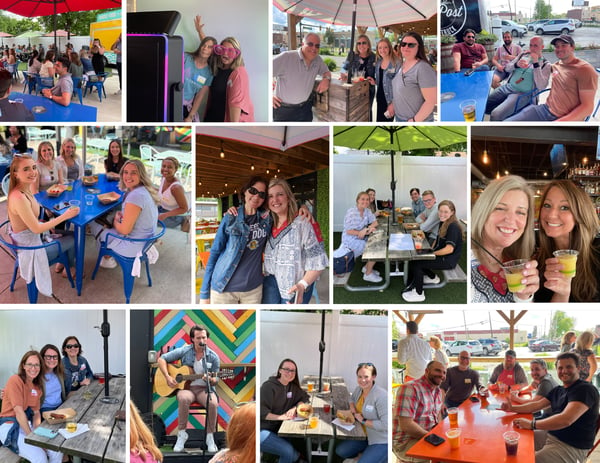
They also distribute “spot bonuses” to recognize a job well done, which are curated for the individual. For instance, if someone mentions that they spend their weekends going on hikes, then they might receive an REI gift card. There are also quarterly well-being days, in which each employee gets to choose which day they’d like to have off of work. All of this is meant to acknowledge that each person is valued as an individual, not just a piece of a larger system.
It’s embedded in the Gongos culture to acknowledge people when they need to be seen or heard. It’s natural for someone on the team to go out of their way to help improve another person’s day. For instance, Halverson mentioned that when one colleague was having a bad day, she and her team had warm Crumbl Cookies delivered to her home office within 30 minutes to cheer that employee up.
Gratitude goes hand-in-hand with supporting employees, Halverson says. And while the benefits of this atmosphere are great for the individual, it also benefits the company through strong retention and tenure (of the 125 employees, 75 have been with Gongos for 5+ years) and happy customers.
Halverson adds that, while the Gongos culture is something truly special, and it’s what has kept her there for 23 years, it’s not something that happens overnight. The mix of caring for the individual and creating a cohesive company culture is a long term commitment, but it’s one that is worth the effort.
The mettle of gratitude

By now, it should be clear that gratitude is strongly tied to a positive culture. Cultivating a purpose-driven and psychologically safe culture takes effort for any business, but what about if you’re in an industry with various work environments? Look no further than Ace Metal Crafts Company.
Ace Metal Crafts is a stainless steel fabrication company, and their purpose is to create joy through kindness. This is already a great stepping stone towards weaving gratitude into a culture. But what makes them even more special is that they’re a manufacturing company with a wide variety of job types, and yet they maintain a cohesive culture across the board.
“It’s easy to take it all for granted, and we never have,” said Deb Benning, Chief Relationship Officer.
According to Benning, gratitude is frequently being passed throughout the company because it’s embedded in the culture and core values of Ace Metal Crafts. But they also have programs in place that, like Gongos, help to provide an outlet for gratitude. Here are a few of their examples:
- ACE HERO program: This program has been going on for over 10 years. Anyone can nominate an employee for living the values, or going above and beyond. The whole team votes on a monthly winner, not by name, but by the actions for which they were nominated. And every nominee gets a copy of their nomination so they can see what they were recognized for and by whom. At the end of the year, they also award the person who has been nominated the most, as well as who has nominated the most people.
- ACE Pride: Benning started handing out small recognition cards to individuals when she felt they deserved a shout-out for their work or behavior, and now even more leadership participates by recommending people for her to give the cards to. It’s nice to offer employees something tangible, and yet this program is also incredibly cost effective; all it takes is some paper and a little bit of thoughtfulness.
- Appreciation training: Part of their efforts to define what a conscious leader is, the leadership team participated in an extensive program to dive deeper into their understanding and practice of appreciation. For six months, the leaders had to turn in an appreciation log to help form the habits and behavior - by the end, it became part of everyone’s mindset. While it was only a portion of the company who participated in the training, the trickle down effect of leaders who are more mindful of expressing appreciation and gratitude can be immense. Plus, 85% of the company has gone through emotional intelligence training to strengthen their communal ideas of psychological safety and the culture they aim to create.
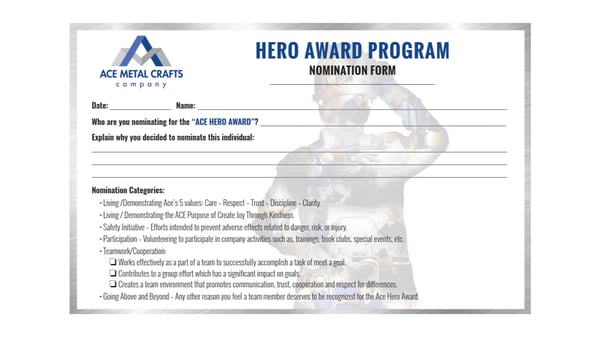
The expressions of gratitude and education across departments allow for seamless interactions and a unified team environment, no matter if somebody’s main tool is a computer or a milling machine. Everyone is game to take on new projects and new initiatives when they arise, which is an indicator to Benning - who previously worked in Corporate America, where newness was met with skepticism - that their employees are pretty happy to be there.
“Almost 20% of the workforce has been here for 20 years,” said Benning. “Which is pretty amazing when you think about it.”
The culture feeds out to Ace Metal Crafts’ customers and suppliers, too. Benning says that they’re relationship sellers, and that they’ve built a tight-knit community of stakeholders around them that has helped them stay relatively steady even over the last few unpredictable years of business. And so, the level of appreciation and open dialogue that lives within Ace Metal Crafts keeps employees, customers, and suppliers alike around for the long haul.
In conclusion
While each of these companies has a different approach to gratitude and how it influences their cultures, they all have an authentic culture of caring for people that drives retention rates, employee engagement, and can even help with customer relations.
Roszak Burton reminds us that gratitude isn’t always warm and fuzzy - sometimes, to be grateful for something or someone, we have to acknowledge pain that we’ve experienced too. Practicing gratitude does not deny the negative event; instead, it helps promote the healing of troubled memories that arise from negative experiences.
Remember, gratitude is an ongoing practice, and each individual who contributes to a company’s culture of gratitude makes the whole community stronger. So don’t forget to take a couple of minutes out of your day to pause, reflect, and think about who and what you’re grateful for.
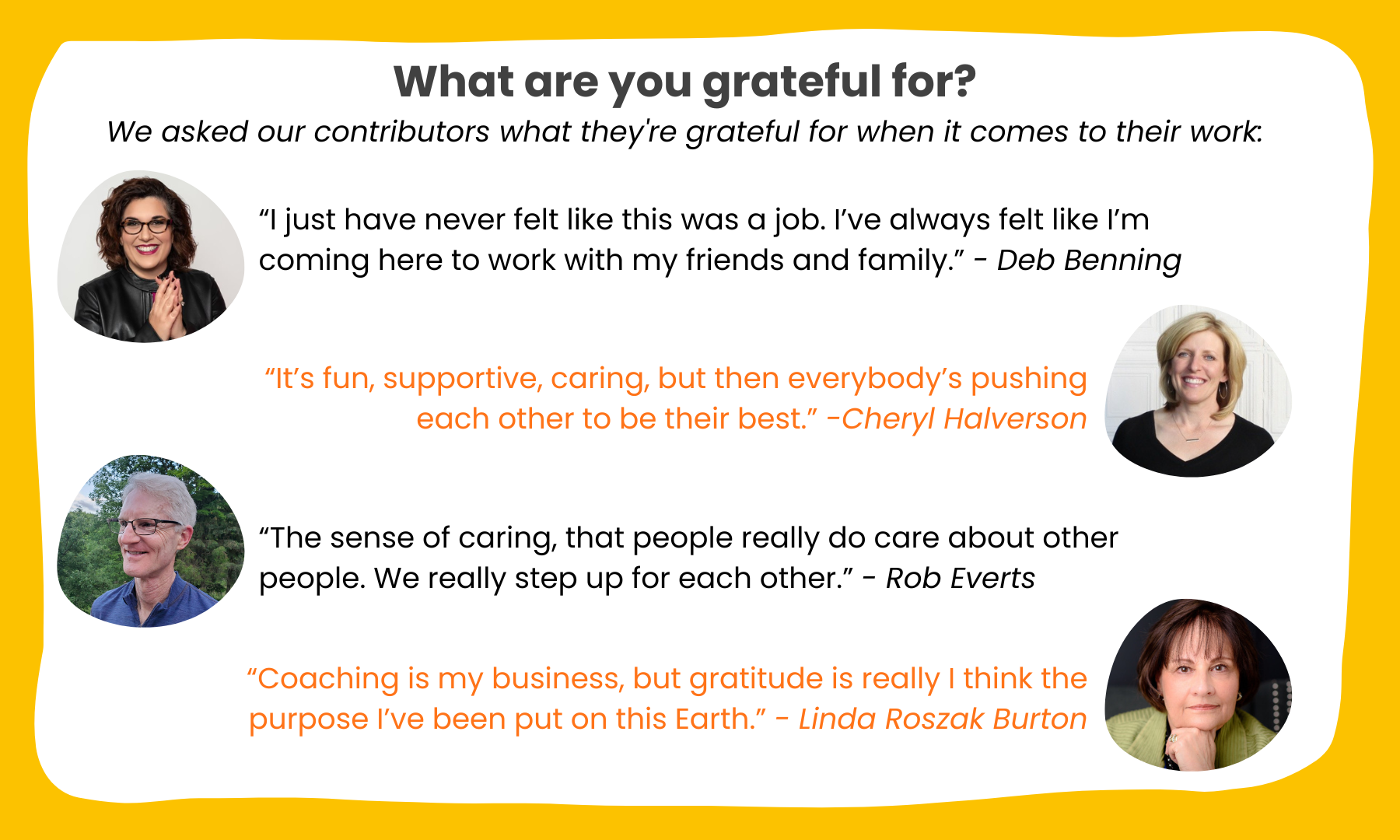


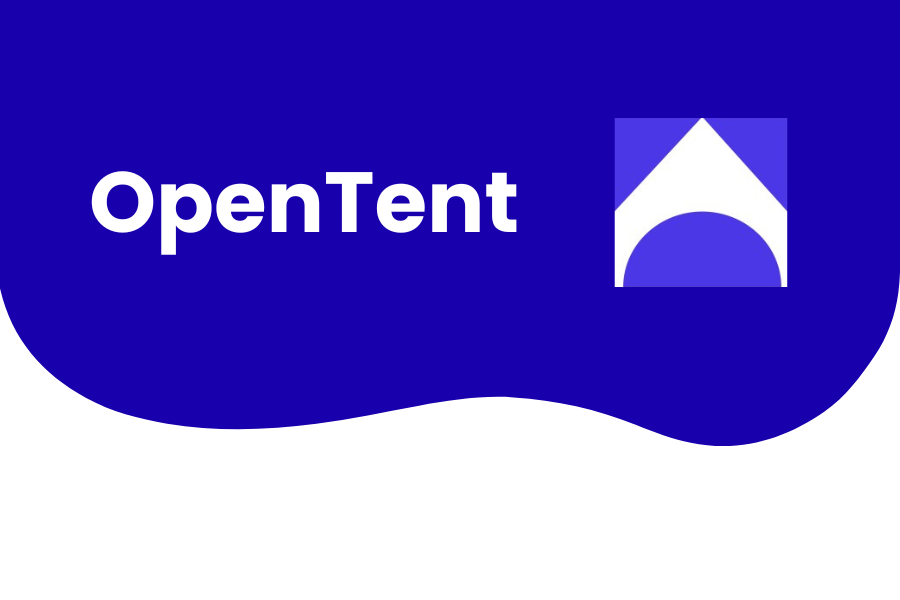
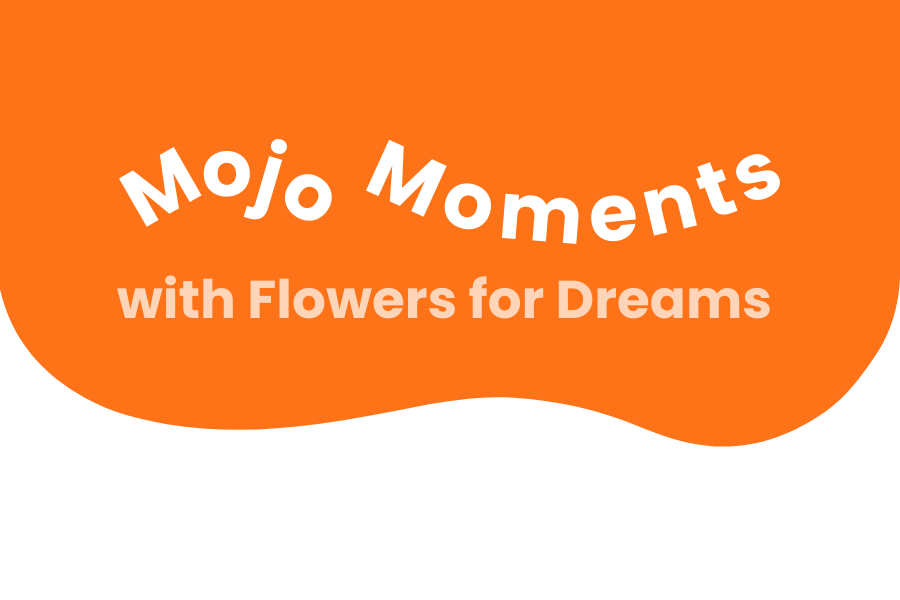
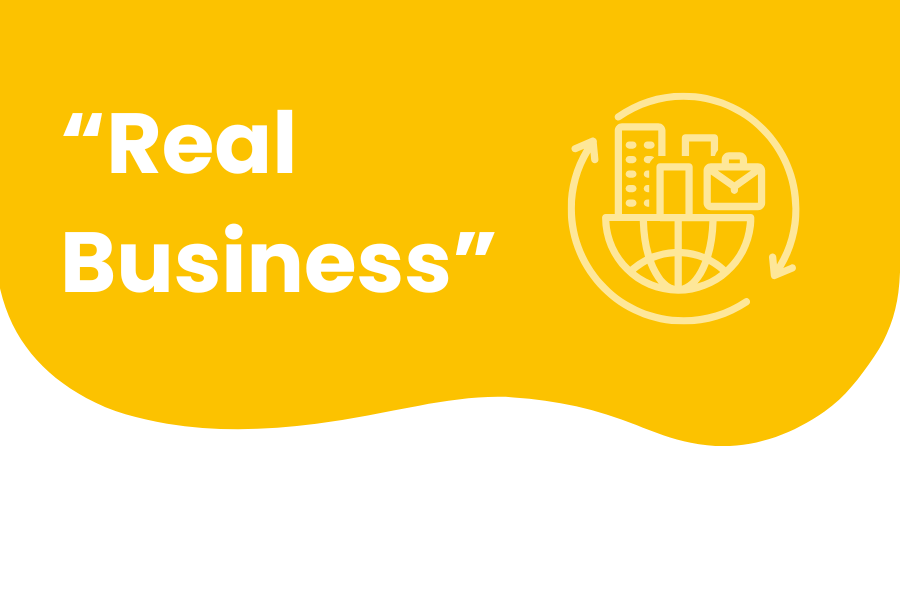
Submit Your Comment